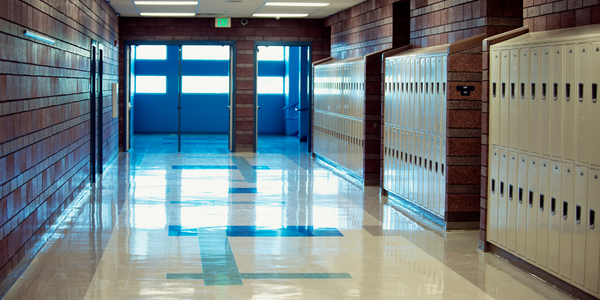
- Education
- Business Operation
- Remote Collaboration
• According to Renaissance High School, many Japanese high school students are dissatisfied with the traditional curriculum and prefer to study topics that are of personal interest or related to a potential profession.
• Without a high school diploma, students have greater difficulty landing steady jobs, and the full-time employment rate of high school dropouts is relatively low, putting a strain on the nation’s social welfare system.1
• Many Japanese high school students are dissatisfied with the inflexible, uniform content of their education and often suffer from loss of motivation.
• In Japan, the need for digitization of education has been discussed for a long time; the government has just begun to focus on introducing digital textbooks.
• Renaissance High School students are being provided with 3G-enabled smartphones powered by Snapdragon® processors, with mobile educational content and 3G wireless connectivity to create an on-the-go learning environment that allows them to engage in course work, access web-based resources, study and take tests when and where they have the time.
• The project's second phase includes the integration of 3G/LTE tablets and mobile educational content developed by Renaissance Academy that utilizes National Geographic educational materials.
• Local 3G networks were used to facilitate anytime / anywhere learning by enabling students to submit reports to teachers and receive immediate grading and feedback.
• The project's mobile technology enables students to complete online coursework, study, take tests, collaborate with each other, and access their teachers whenever and wherever it is most convenient to them.
• Nearly 700 smartphones and tablets will be provided through the project.

Case Study missing?
Start adding your own!
Register with your work email and create a new case study profile for your business.
Related Case Studies.









